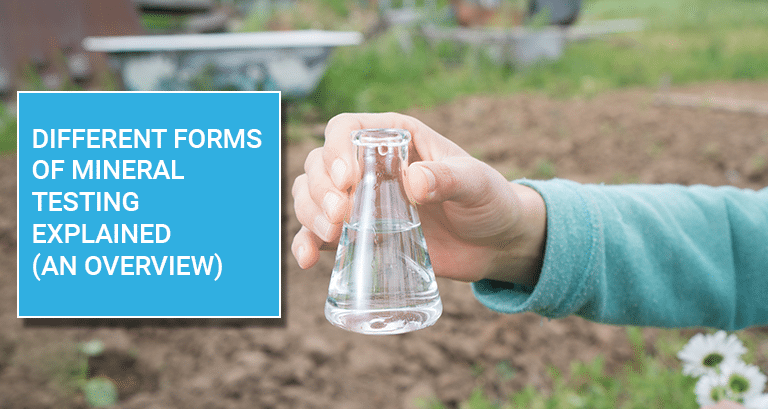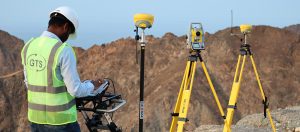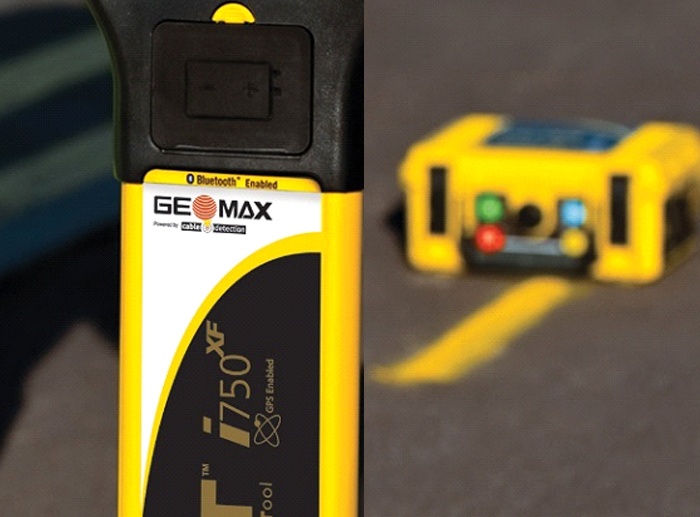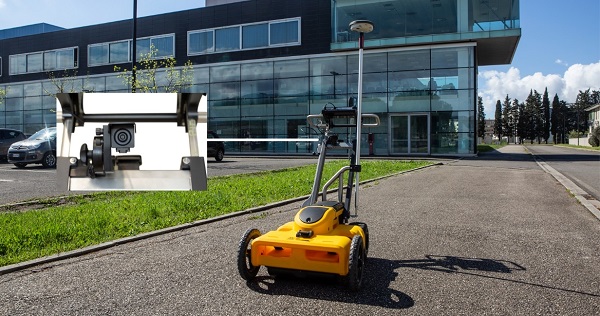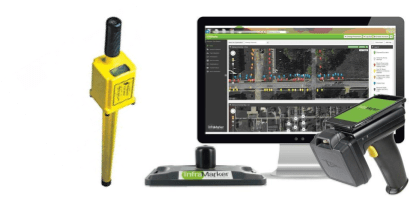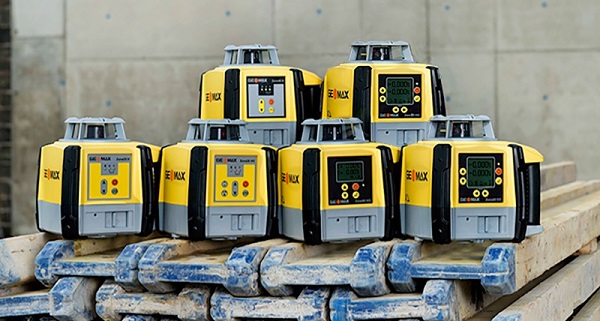There are more than 4,000 different types of minerals, each with unique chemical and physical properties. Mineral tests are a battery of analyses used to determine a mineral’s identity and classify it into one of several groups. This testing, along with general reference maps and hydrocarbon exploration, is what mineralogy is all about.
Tests for minerals can shed light on metamorphic and rock formation, zonation, and geological processes because they are the building blocks of rocks. Mineralogists can classify minerals based on their properties because these characteristics are linked to the crystal structure, atomic arrangement, and a mineral’s chemical composition.
Mineralogists are scientists who study and classify minerals. A mineralogist uses a powerful microscope to identify certain minerals, but for the most part, mineral identification can be accomplished by examining the mineral’s physical characteristics.
Different Forms of Mineral Testing Explained
1. Colour
Perhaps the most reliable way to recognise a mineral is by its colour. Even though it may be obvious at first glance, a mineral’s colour alone is not sufficient to name it or determine its type. The same type of mineral can occur in a range of colours due to the presence of different chemical impurities.
In atoms, electrons live in regions called orbitals that orbit the nucleus. The location of an atom on the periodic table correlates with the total number of orbitals it contains. Each orbital has a unique and precisely defined energy profile that is distinct from those of its neighbours. Nearer the nucleus, the orbitals have less energy than those further out.
An electron’s ground state is its lowest energy state, and it can be excited to a higher energy excited state by taking in electromagnetic radiation (like light). The energy gap denotes the total energy difference between the two states. The energy of the incoming radiation must be equal to the energy gap for the electron for the atom or ion to absorb some of the energy and transfer electrons to a higher energy state.
A mineral may host a large number of excitable electrons. In that case, there could be a high absorption of light at a specific wavelength. Light will be transmitted without being absorbed if the energy of the incident radiation is equal to or less than the energy gap.
2. Streak
Since streak is also a colourimetric measurement, it is easy to confuse the two. In contrast, the powder colour of a mineral can be tested with a method called a streak, which involves scraping the mineral onto an unglazed plate and allowing a trace of small, powdery fragments to settle.
The mineral’s streak colour, as seen on the plate, may be different from the mineral’s true colour. Several minerals can have the same colour, but different streak colours can identify them.
For the best results, the streak test should be performed on freshly broken or otherwise pristine mineral specimens. This is carried out to lessen the chances that an impurity, weathered coating, or tarnish will affect the outcome of the test.
Picking up a sample of the mineral with the same hand that you write with is the most reliable way to perform a streak test. Pick a feature of the specimen to scrape across the streak plate as a stand-in. Put the streak plate down flat on a table or lab bench with your other hand.
The streak plate is then held flat and firmly on the tabletop, and the specimen is pressed securely against the plate while being dragged across the surface. Now take a look at the streak to see what colour it is, and make sure it’s powder and not sand, dirt, or broken glass.
3. Lustre
The way that light is reflected from a mineral’s surface is what gives it its shine. This type of light return is referred to by its technical name. Non-metallic lustre/appearance of a mineral is described by terms like resinous, earthly, vitreous, and adamantine; these can encompass the full spectrum from sparkly to dry, pearlescent to glassy. On the surface, lustre evaluation appears to be a simple task. It is! But there are, as always, some tricky minerals and traps.
Determining lustre is one of the simplest fundamental properties there is to measure. Differentiating between resinous, waxy, and greasy lustre is an example of how lustre, like colour identification, is a subjective perception. But the most significant metallic and non-metallic lustre can be identified with certainty.
The mineral’s lustre can be examined by first cleaning and drying its surface, then exposing it to bright light (natural or artificial) to determine its reflectiveness. Next, turn the mineral sample around and check out how the light reacts when hitting it from different angles. Finally, guess what the surface of the mineral looks like.
4. Hardness
A mineral’s hardness indicates how well it holds up against scratching or scraping. The hardness of a mineral can be quantified using the Mohs scale; for instance, talc (a very soft mineral) rates a one on the scale, while diamond (an extremely hard mineral) rates a ten.
Cleavage, in mineral terms, refers to the different points in a mineral’s structure where it can be broken. The ability to recognise the cleavage of a mineral is crucial for those who work with diamonds, emeralds, and other precious stones. Where a mineral is cut to make a smooth service depends on where it breaks on the plane.
Geologists and aspiring geologists have relied on the Mohs Hardness Scale for over two centuries. The Mohs Hardness Test is used by millions of students worldwide to determine the composition of various minerals.
Incredibly, this incredibly basic test has been used for over 200 years.
Check out what’s on the outside of the mystery specimen. Any mineral powder or shards that were created can be brushed away with a fingertip. A scratch will leave a visible grove on the mineral’s surface, rather than a stain that can be removed with a damp cloth. Get a closer look at what happened by using a hand lens.
5. Density
A higher density is found in minerals that pack more material into a given volume. Each mineral has its unique density that helps characterise how much matter there is in a given volume. Simply dividing the mineral’s mass by its volume gives us its density.
Brick has a higher density than concrete because it is more massive per unit of volume. This brick is denser than most and will sink if dropped into water. The density of a mineral can also be described by its specific gravity, a property that has been widely used by mineralogists.
Simply put, specific gravity is the ratio of a mineral’s mass to the mass of water in the same volume. It’s important to note that the specific gravity of a given mineral can vary greatly depending on its density. In this lecture, you will learn how to classify minerals based on their density and specific gravity.
6. Transparency
There are three levels of mineral transparency: opaque, translucent, and transparent, based on how light moves and is absorbed within the mineral. The magnetic or nonmagnetic properties of minerals are determined by using a compass or magnet. When comparing mass and volume, the special gravity is the ratio that you want to see.
In many minerals, there are both transparent and opaque varieties. Minerals that range from being see-through to opaque are categorised as such in this book’s transparency section. Some minerals may appear to be completely opaque, but when held up to a light they appear to be letting a tiny bit of light through at the corners.
The term transparent in thin splinters or sections is used to describe such a specimen. Metallic lustre minerals are always opaque. Fragments of submetallic minerals are typically transparent.
Minerals that are not opaque can be seen by the naked eye. To tell the difference between translucent and opaque minerals, one must examine the rock under intense illumination. Minerals are classified as transparent, translucent in thin splinters, or opaque.
Conclusion:
These are some of the common tests you can use for the classification of minerals. They help to physically distinguish minerals from one another. Other additional methods of mining product testing include odour, specific gravity, electric resistance, taste, bite test, UV fluorescence, radioactivity, relief, structure, zoning, birefringence, extinction angle, and general shape. We offer various services, so get in touch with us to learn more about mineral testing.

